Georgios Georgiadis
Near-Lossless Post-Training Quantization of Deep Neural Networks via a Piecewise Linear Approximation
Jan 31, 2020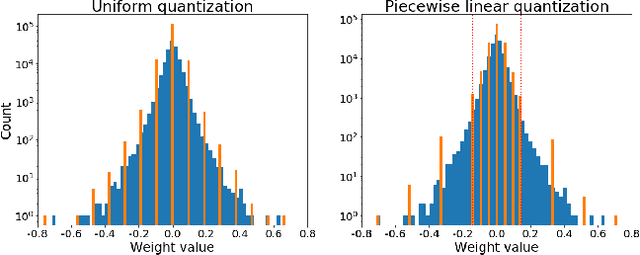
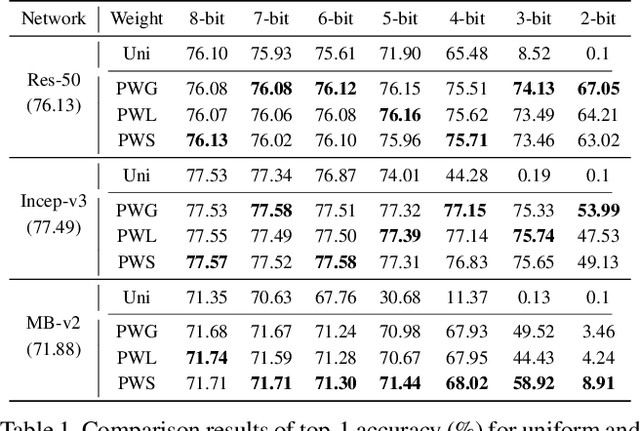
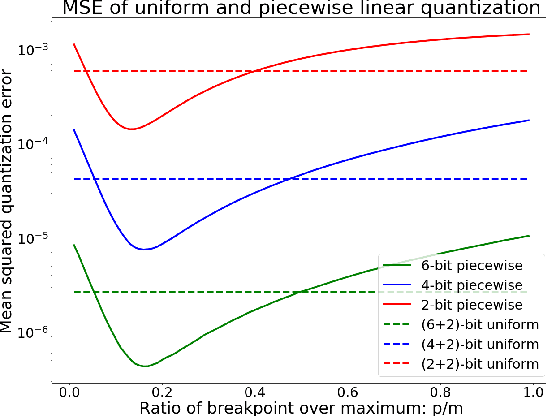
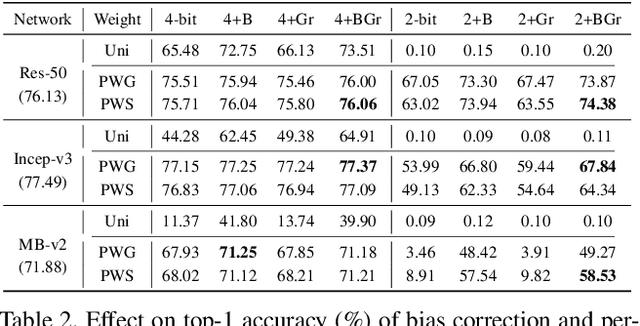
Abstract:Quantization plays an important role for energy-efficient deployment of deep neural networks (DNNs) on resource-limited devices. Post-training quantization is crucial since it does not require retraining or accessibility to the full training dataset. The conventional post-training uniform quantization scheme achieves satisfactory results by converting DNNs from full-precision to 8-bit integers, however, it suffers from significant performance degradation when quantizing to lower precision such as 4 bits. In this paper, we propose a piecewise linear quantization method to enable accurate post-training quantization. Inspired from the fact that the weight tensors have bell-shaped distributions with long tails, our approach breaks the entire quantization range into two non-overlapping regions for each tensor, with each region being assigned an equal number of quantization levels. The optimal break-point that divides the entire range is found by minimizing the quantization error. Extensive results show that the proposed method achieves state-of-the-art performance on image classification, semantic segmentation and object detection. It is possible to quantize weights to 4 bits without retraining while nearly maintaining the performance of the original full-precision model.
Accelerating Convolutional Neural Networks via Activation Map Compression
Dec 10, 2018
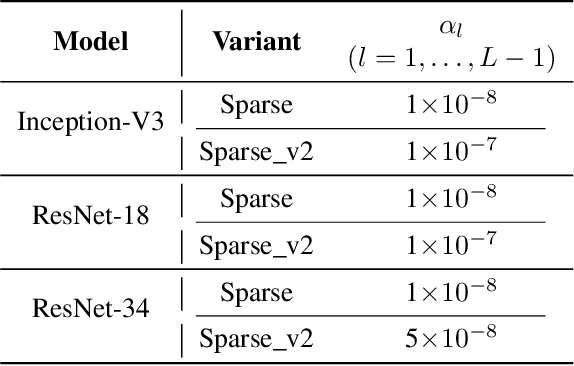
Abstract:The deep learning revolution brought us an extensive array of neural network architectures that achieve state-of-the-art performance in a wide variety of Computer Vision tasks including among others classification, detection and segmentation. In parallel, we have also been observing an unprecedented demand in computational and memory requirements, rendering the efficient use of neural networks in low-powered devices virtually unattainable. Towards this end, we propose a three-stage compression and acceleration pipeline that sparsifies, quantizes and entropy encodes activation maps of Convolutional Neural Networks. Sparsification increases the representational power of activation maps leading to both acceleration of inference and higher model accuracy. Inception-V3 and MobileNet-V1 can be accelerated by as much as $1.6\times$ with an increase in accuracy of $0.38\%$ and $0.54\%$ on the ImageNet and CIFAR-10 datasets respectively. Quantizing and entropy coding the sparser activation maps lead to higher compression over the baseline, reducing the memory cost of the network execution. Inception-V3 and MobileNet-V1 activation maps, quantized to $16$ bits, are compressed by as much as $6\times$ with an increase in accuracy of $0.36\%$ and $0.55\%$ respectively.
 Add to Chrome
Add to Chrome Add to Firefox
Add to Firefox Add to Edge
Add to Edge